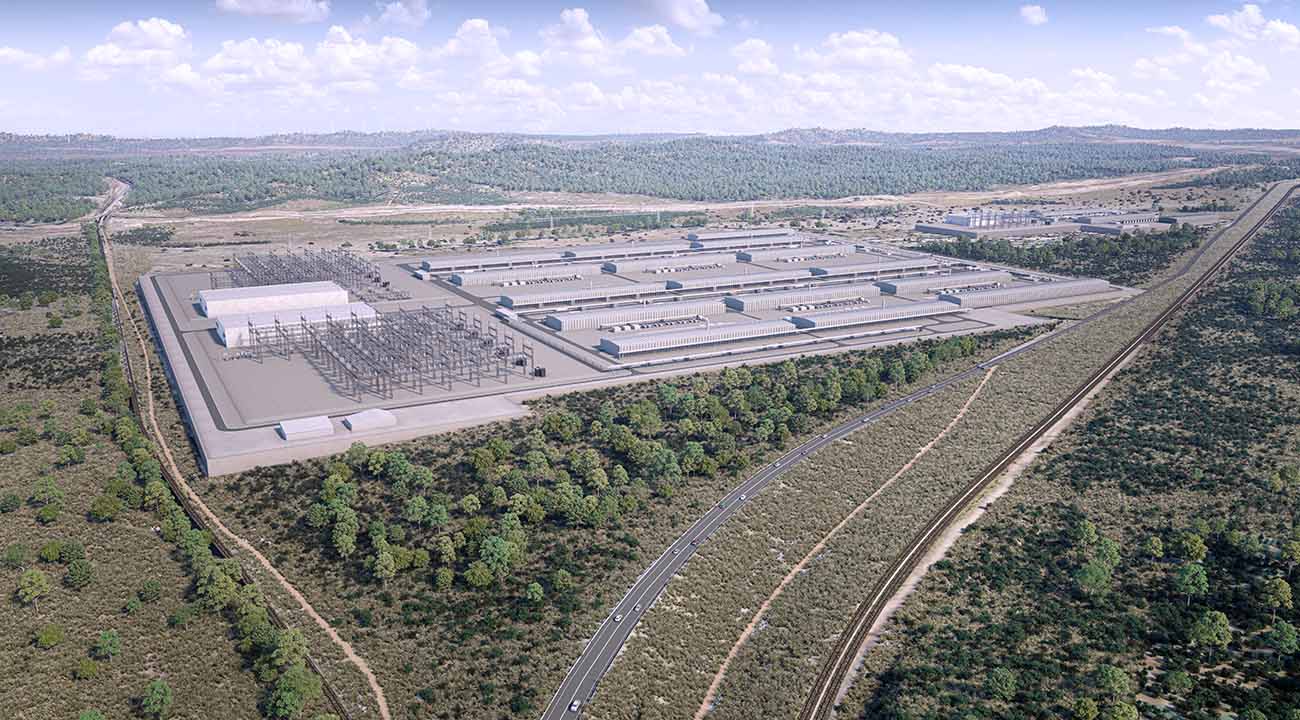Summary
Stanwell Corporation has formed a consortium with several overseas corporations to deliver a front-end engineering and design (FEED) study for the development of a large-scale renewable hydrogen production and liquefaction facility in Gladstone, QLD.
Need
Domestic and international markets for renewable hydrogen are emerging. Australia holds a competitive advantage in the emerging hydrogen export market due to its existing expertise and infrastructure in energy export supply chains, proximity to emerging hydrogen import markets in Asia with established trade relationships, and an abundance of renewable energy resources.
A key challenge of producing cost-competitive renewable hydrogen by electrolysis is the high capital costs. However, large export projects have an opportunity to reduce these costs due to economies of scale. Stanwell, in collaboration with a consortium of Japanese and Singaporean companies have the potential to deliver a large-scale hydrogen export project, to deliver renewable hydrogen via its different carriers, to Japan and Singapore, as well as in Central Queensland.
Action
In June 2022, Stanwell completed an extensive Feasibility Study on the CQ-H2 Project. Based on the results of the Feasibility Study, Stanwell is proceeding with the FEED study, which will further investigate the technical, commercial, and social requirements to enable a final investment decision (FID) on the Project.
The Project will initially involve the installation of up to 640 MW of electrolysers to produce hydrogen for commercial operations commencing in 2028. The hydrogen production facility will produce gaseous renewable hydrogen that will be purchased by offtakers and converted to renewable ammonia and liquefied hydrogen for export. The facility will initially produce 200 tonnes per day (tpd) of hydrogen and ramp up as additional offtake agreements are secured, with full scale anticipated to be 800 tpd for commercial operations in 2031.
The study will also investigate the development of a hydrogen liquefaction facility based at the Port of Gladstone that will produce 400 tpd of liquefied hydrogen for export by the end of 2030.
Outcome
The study will generate key learnings including:
- improving understanding of the technical and commercial readiness of large-scale hydrogen production and hydrogen liquefaction in Australia
- improving understanding of the opportunities to reduce the cost of renewable energy across the hydrogen supply chain
- improving understanding of the key technical, commercial, and regulatory risks of large-scale electrolyser and liquefaction technologies
- increasing knowledge, skills, and expertise in Australia’s renewable hydrogen industry for export scale hydrogen projects
- further developing the supply chain for renewable hydrogen between Australia and Japan/Singapore, including developing understanding of potential offtake demand and pricing and considerations for the shipping of liquefied hydrogen
Additional impact
At its peak, the CQ-H2 Project will support more than 8,900 new jobs, and will also deliver $17.2 billion in hydrogen exports and $12.4 billion to Queensland’s Gross State Product over its 30-year life.





